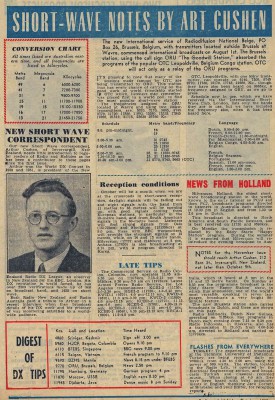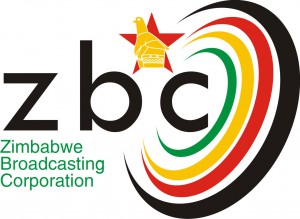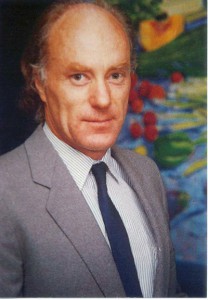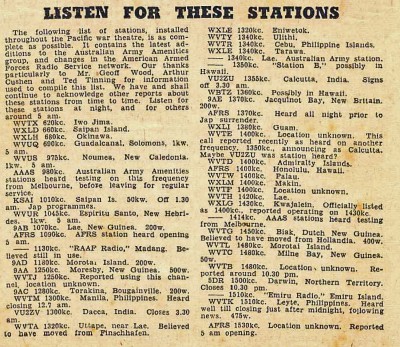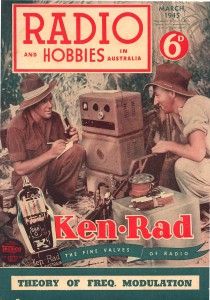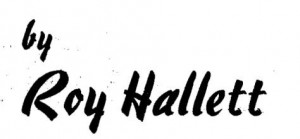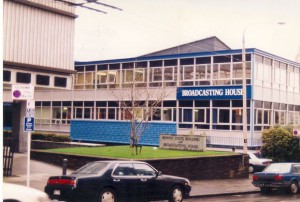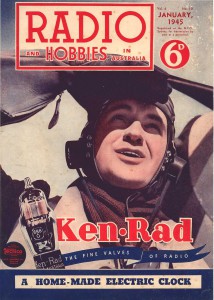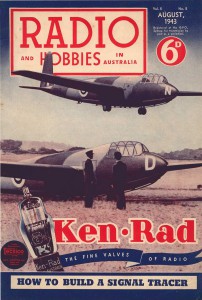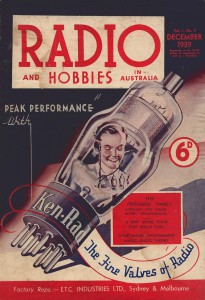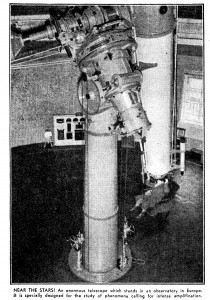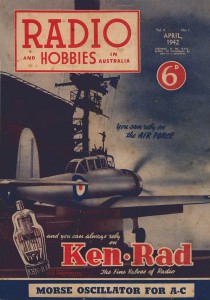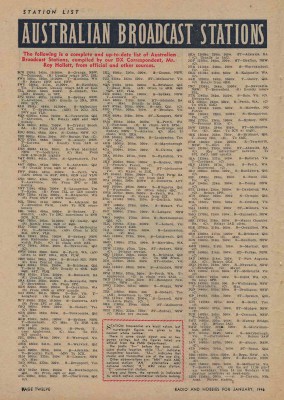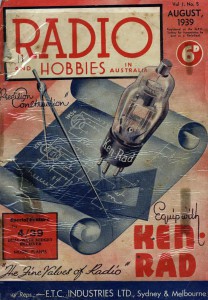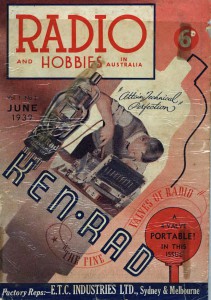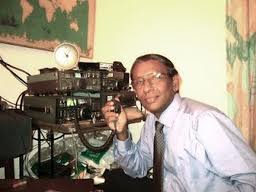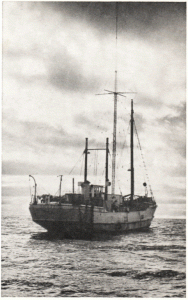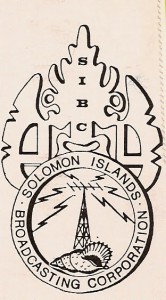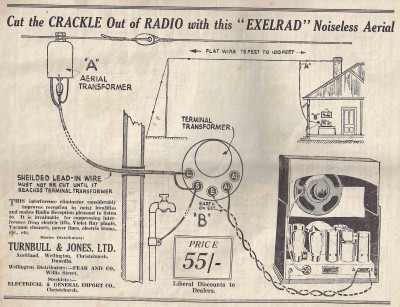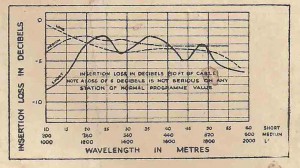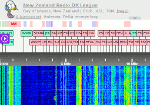Arthur Cushen was New Zealand’s longest-serving and most prolific DX news columnist and one of the most prominent DXers of his time. This article was produced in October 1952.
Post Categories
Recent Comments
- Greg Hardison (Los Angeles) on Laurie Boyer
- Paul Ormandy on DX Times Magazine
- Dave Smith on DX Times Magazine
- Paul Ormandy on 1980 Motu Moana
- Bob Logan on 1980 Motu Moana
Archives
- October 2022
- March 2021
- December 2020
- September 2020
- August 2019
- July 2019
- June 2019
- February 2019
- December 2018
- October 2018
- September 2018
- August 2018
- July 2018
- April 2018
- March 2018
- January 2018
- December 2017
- November 2017
- October 2017
- August 2017
- July 2017
- June 2017
- April 2017
- March 2017
- December 2016
- June 2016
- May 2016
- April 2016
- December 2015
- November 2015
- October 2015
- September 2015
- July 2015
- June 2015
- May 2015
- April 2015
- March 2015
- February 2015
- January 2015
- December 2014
- November 2014
- October 2014
- September 2014
- August 2014
- July 2014
- May 2014
- April 2014
- March 2014
- February 2014
- January 2014
- December 2013
- November 2013
- October 2013
- September 2013
- August 2013
- July 2013
Copyright Notice
Except where copyright is specifically given to an author or originator, material on radiodx.com may be freely reproduced without permission, as long as full attribution to the author (where known), the New Zealand Radio DX League and radiodx.com are given

